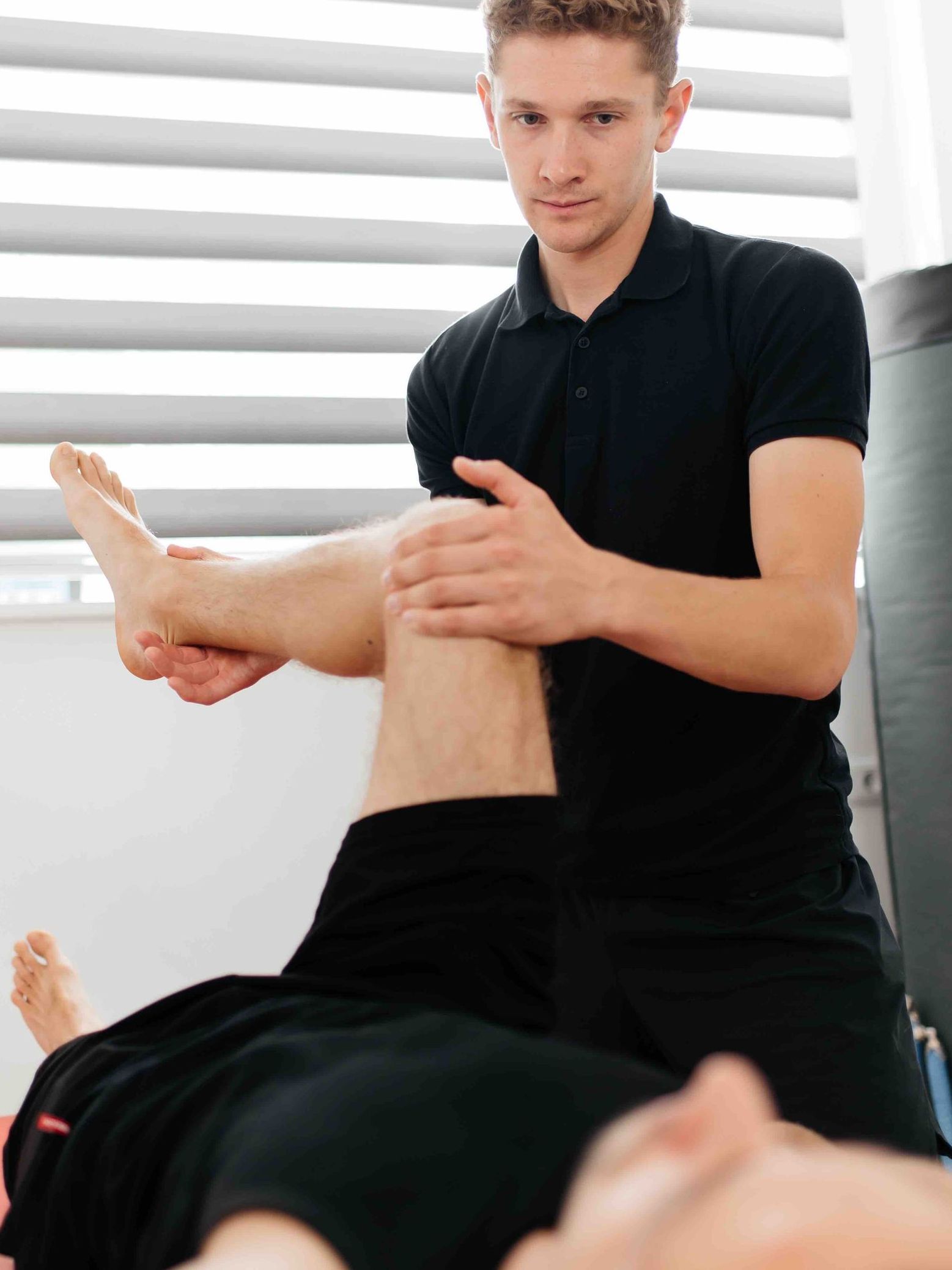Orthopedic & Manual Therapy
Orthopedic Physical Therapist
An outpatient physical therapist works with patients with musculoskeletal injuries and conditions, particularly those affecting the bones, joints, muscles, tendons, and ligaments of the body. They provide rehabilitation services to patients who have recently undergone surgery, sustained an injury, or are experiencing chronic pain or weakness.
The role of an outpatient physical therapist involves assessing the patient’s musculoskeletal function and developing an individualized treatment plan that addresses their specific needs and goals. This may involve exercises to improve mobility and stability, balance training, manual therapy, modalities such as electrical stimulation with ice/heat, and other interventions designed to improve the patient’s movement and pain.
In summary, when working with clients with orthopedic dysfunction, the role of an outpatient physical therapist is to help patients recover from musculoskeletal injuries or conditions and regain their physical function, mobility, and quality of life using specialized techniques and individualized treatment plans.
Our Responsibilities
The role of an outpatient orthopedic physical therapist is multifaceted and involves several key responsibilities:
Assessment and Evaluation:
Treatment Planning & Implementation:
Pain Management:
Patient Education:
Progress Monitoring and Modification:

Working with our patients
Orthopedic Conditions
Orthopedic conditions that an outpatient physical therapist treat include, but are not limited to:
| 1. | Back or Neck Pain |
| 2. | Joint Replacement |
| 3. | Impingement Syndrome |
| 4. | Bursitis |
| 5. | Tendonitis |
| 6. | Bone Fracture |
| 7. | Joint Sprain |
| 8. | Muscle Strain |
| 9. | Arthritis |
| 10. | Scoliosis |
Physical Therapists
Physical Therapists operate under a model that focuses on a person’s biology, psychology, and social activity levels. They develop individualized treatment plans for each patient based on their specific condition, needs, and goals. Treatment may include exercises to improve balance, strength, flexibility, and range of motion, manual therapy techniques such as soft tissue or joint mobilization, and modalities such as electrical stimulation, heat, or ice therapy to reduce pain and inflammation. Physical Therapists also provide education and advice on posture, ergonomics, and injury prevention. By working closely with patients and other healthcare professionals, physical therapists can help individuals recover from a variety of conditions and return to their normal activities with improved function and reduced pain.


